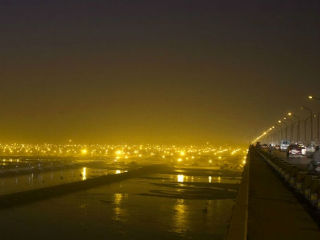
New Delhi : The Saraswati river, so far considered mythical, did exist, a government-constituted expert committee has found.
Union Water Resources Minister Uma Bharti said the government will take action on the report, which according to her, “cannot be challenged”.
“We have reached a conclusion that river Saraswati existed, it flowed. It originated in the Himalayas and met gulf at the western sea,” Professor K S Valdiya, who led the panel, said while handing over the report to the government.
Valdiya, an eminent geologist, said the river passed through Haryana, Rajasthan and North Gujarat, land texture of which was studied by the panel.
According to a senior Central Ground Water Board (CGWB) official, Saraswati passed through Pakistan before meeting Western Sea through Rann of Kutch and was approximately 4,000 km in length.
One-third of the river stretch fell in present-day Pakistan. The longer, two-third stretch measuring nearly 3000 km in length fell in India, the official claimed.
In its report, the seven-member committee has stated that the river had two branches: western and eastern. The Himalayan-born Satluj “of the PAST”, which flowed through the channels of present-day Ghaggar-Patialiwali rivulets, represents the western branch of the ancient river.
On the other hand, it said, Markanda and Sarsuti (corruption of Saraswati) represented the western branch of Saraswati, known as Tons-Yamuna.
On his part, Valdiya, a Padma Bhushan awardee, said the committee, during its six-month research, came across “an unique” palaeochannel (a path abandoned by river when it changes its course) relating to present Ghaggar, Sarsuti, Hakra and Nara rivers. Historically, he stated, that around 1700 “small and big” towns and villages were located around the palaeochannel concerned during Harappa Civilisation.
“Some towns were spread over more than 100 hectares. These colonies were there for 5,500 years. Was it possible that these cities could live without water? No. It means that a flowing river provided water to the towns, villages. Which river it was? What was its name? We worked to find it out,” Valdiya said.
During its six-month research period, the committee studied piles of sediments, their shapes and features which appeared to have been brought by a “big river” and are reminiscent to ones found in present-day Ghaggar, Ganga and Yamuna.
Source : Zee News

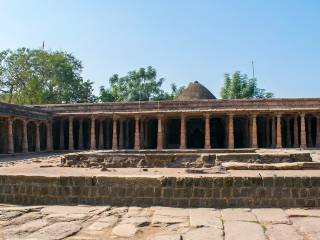 Madhya Pradesh: ASI survey of Bhojshala complex in Dhar to start on March 22
Madhya Pradesh: ASI survey of Bhojshala complex in Dhar to start on March 22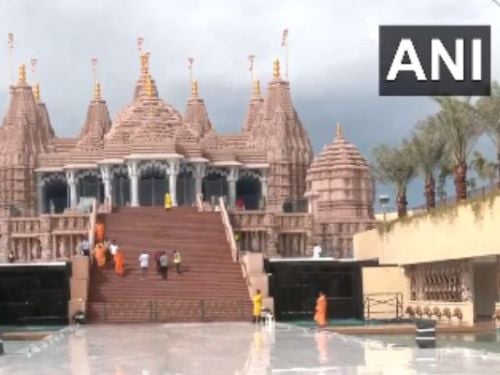 PM Modi to inaugurate the first traditional Hindu Mandir in Abu Dhabi
PM Modi to inaugurate the first traditional Hindu Mandir in Abu Dhabi Tirupati Devasthanams to establish platform for non-Hindus to adopt Sanatan Dharma
Tirupati Devasthanams to establish platform for non-Hindus to adopt Sanatan Dharma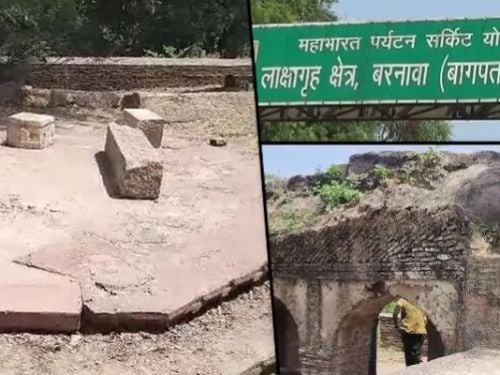 Baghpat court gives ownership rights of Mahabharata era Lakshagriha to Hindu side
Baghpat court gives ownership rights of Mahabharata era Lakshagriha to Hindu side Misleading claims about Brahmins removed in rationalised NCERT textbooks
Misleading claims about Brahmins removed in rationalised NCERT textbooks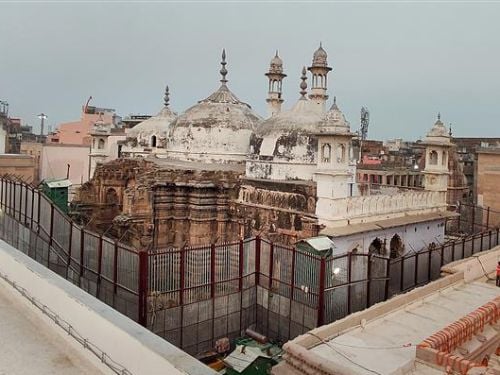 Big victory to Hindus as court allows puja in Vyas Ji Ka Tehkhana at Gyanvapi complex
Big victory to Hindus as court allows puja in Vyas Ji Ka Tehkhana at Gyanvapi complex